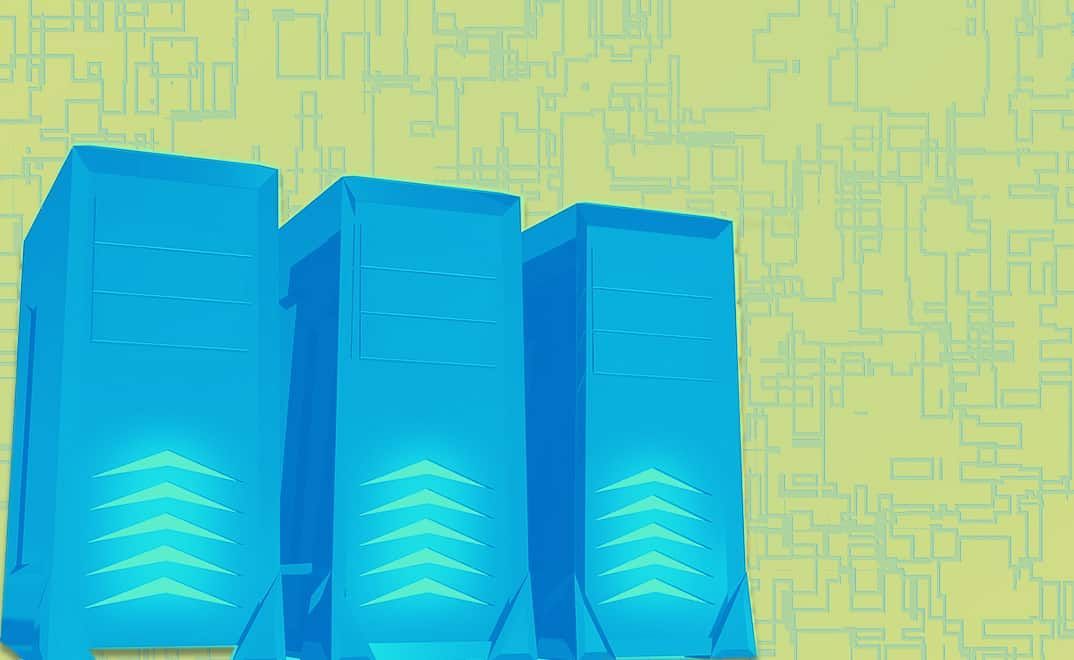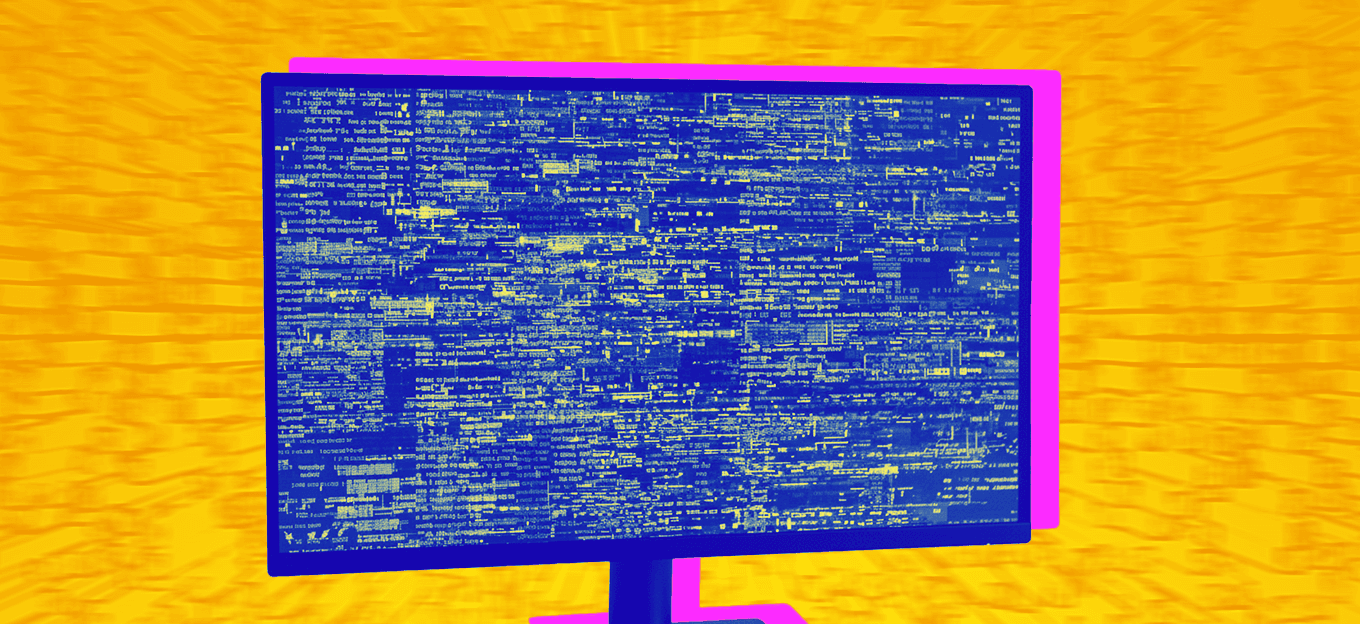What Is the Internet of Behavior (IoB)?
What Is the Internet of Behavior (IoB)?
- Last Updated: December 2, 2024
Guest Writer
- Last Updated: December 2, 2024



A fascinating aspect of technology is a love for acronyms (besides progress, of course). From Brain-Computer Interface (BCI) to Internet of Things (IoT), there is a new term gracing us almost every year, with more to come!
The year 2021 welcomed the newest member of the tech acronym — Internet of Behaviors or IoB. Coined by Gartner, IoB is the extension of IoT but focusing on capturing, processing, and analyzing the "digital dust" of people's daily lives.
Defining IoB
While IoT is a network of interconnected physical objects gathering and exchanging information over the internet. IoB makes sense of this data in tandem with specific human behaviors, ranging from buying patterns to demographic interests.
The Internet of Business or IoB makes sense of the data collected by IoT in tandem with specific human behaviors, ranging from buying patterns to demographic interests.
Devices related to geolocation, big data, and facial recognition essentially guide map customer behavior. Here is a simple example: Uber. Its IoT app tracks both drivers and passengers.
Once the customer has been dropped off, Uber surveys to evaluate the journey, making it possible to monitor the driver's behavior and interpret the passenger experience accordingly.
IoB and the Real World
By 2025, 40% of the global population will be subject to at least one IoB program (whether government-run or commercial) and digitally tracked to influence their behavior. It will help:
- Replace multiple unnecessary customer surveys
- Gain better clarity on where the customer is shopping
- Provide real-time notifications about discount announcements and outlets
- Test commercial and non-profit campaign effectiveness
- Study how customers interact with specific devices, services, and products
IoB can be a powerful tool to leverage sales and marketing to create effective strategies that make a difference in what is offered to consumers. But that is not it — other industry niches are also benefiting from it.
For example, IoB is valuable for the medical field, helping healthcare providers assess patients' conditions, response to treatments, and other information related to their lifestyle.
IoB Value Across Industries
Location Tracking and Consumer Behavior
Do you often instantly get a request from the restaurant you just left to drop a review on Google or Yelp? That is how your preference is extracted. This is the same logic Uber applies to find out about their customers' experiences and develop better strategies to cater to them.
Most location-based services use the mobile phone's GPS technology or other techniques like near-field communication (NFC) and Bluetooth to track the user's location and send notifications or emails accordingly.
This also helps gather information in real-time rather than after a delayed period, which helps companies make changes to their offerings rapidly.
Facial Detection and Physical Status
In 2018, coffee chain Barista started using IoB for facial recognition to determine their consumers' gender, age, and mood. The technology helps them observe the results and suggest an appropriate drink for the customer.
The same system can be used in retail stores for personalized advertising wherein the brands offer products or services based on their mood or gender.
Product recommendations, pioneered by Amazon, studies the buyer history to suggest products. Facial recognition does the same but by reviewing the current state of the consumer.
Health Monitoring for Patient Recovery
IoB is now used in creating health apps for smartphones that can track a person's diet, blood sugar level, heart rates, and sleep patterns.
Plus, it can warn a patient about their current health condition, suggest that they take it easy, and modify their eating habits or medicine intake accordingly. This essential information can save lives and help doctors diagnose illnesses and start proper treatment faster.
Social Credit Score System and Tracking Citizen Behavior
Remember when China introduced its social credit score system that keeps track of how its citizens behave and assigns scores based on their behavior? Forgot to pay the electricity bill? Minus points. Put up an anti-government social media post? Minus points.
Well, they plan to apply the IoB technology on a massive scale. They aim to make it possible for them to track their citizens' loyalty to the current regime.
IoB can therefore help businesses and governments monitor the public, keep crime under control, provide necessary services, and basically implement a safer and more organized way of living.
Chronic Disease Tracking
The past decade or two has seen an unprecedented rise in chronic and non-communicable diseases (NCDs). Every year, nearly 41 million people die from NCDs, which also leads to excessive healthcare spending.
IoB offers a promising approach to develop real-time remote health monitoring systems for BCD patients, mainly suffering from heart patients and diabetics. IoB-enabled devices have made great strides possible in artificial pancreas technology.
Monitoring vital signs helps reduce hospitalization by detecting anomalies in the patient's body and alerting them that they need to see a doctor at the earliest. A 2015 study shows that IoB devices have led to a 50% reduction in the 30-day hospital readmission rate.
Travel Booking
Travel companies can make customized and relevant offers and recommendations by studying consumers' social-demographic characteristics and past online behavior. Booking.com, for instance, enables customers to book hotels, resorts, and staycation accommodations at a specific destination.
To optimize the in-app browsing experience, the app continuously learns and studies the data to provide personalized hotel destination suggestions.
Car Insurance Premium Pricing
IoB helps optimize the premium of car insurance. Users can install the app on their phones that collect critical information such as the distance traveled, the speed of the car, the time of the day the user is traveling, etc.
Accordingly, calculate the correct premium that the user is entitled to pay. Based on the data, the responsible drivers would pay low premiums. In 2013, Aviva became the first insurance company to launch a mobile app for recording driving behavior.
Long Term Financial Goals
This capability would help banks gain better clarity on their customers' spending patterns via IoT-enabled devices. The system can be designed to ping encouraging notifications when the customer achieves their long-term financial goals and also help them adjust their interests and spending style if they are way behind their goals.
Repercussions of IoB
There is no doubt IoB offers many growth opportunities across industry niches. But this technology is not free from risks. Let us take a look at the drawbacks of this trend:
Lack of Privacy
IoB thrives on data, but it keeps consumers in the shadows regarding how their information is collected. Plus, there are still no proper frameworks for data navigation and use, especially on a larger scale. IoB data is collected at random, without prior permission from the consumers.
Access to Sensitive Data
Cybercrimes are at an all-time high, and hackers can access sensitive data on customers' behaviors. Moreover, they can access property codes, delivery routes, banking codes, and so on.
No wonder phishing attempts are on the rise — the more extensive the network and the more detailed the information. As more people enter the IoB landscape, the more susceptible they will be to online scammers.
IoB Use Cases
1. By tracking a person's geographical location, you can see if they have visited a beauty salon or a supermarket, along with the length of their stay. Businesses can accordingly send marketing messages, promotional offers, and discounts to drive sales and offer a sublime shopping experience to their customers.
2. Going back to China's social credit score system, the country intends to track its citizens' loyalty to the current regime through systematic data collection and analysis. This is the first time that any government has planned to use behavioral analysis on such a grand scale.
3. During the pandemic, many computer vision companies, began using IoB to identify whether or not a citizen was wearing a mask. In the same case, thermal fingers were used to determine people with increased body temperatures (potentially a COVID-19 case).
4. As mentioned previously, Barista deploys IoB for facial recognition to determine the gender, age, and mood of their consumers and offer them an appropriate beverage based on their analysis. The same system can do very well in personalized advertising.
IoB Evolution
IoB empowers businesses across industries with cutting-edge ways to market their products and services, better the quality of their offerings, and influence customer and employee behaviors. The technology helps them add value to their customer and vendor relationships based on the captured data and boost the bottom lines.
Behavioral data will evolve as long as human beings continue to evolve. With the rise of new IoT devices, understanding behaviors with numbers will become an exciting aspect of every business. Of course, IoB does propose data security and privacy concerns, but we will always find a way to solve this problem and ensure the responsible use of the data.
The Most Comprehensive IoT Newsletter for Enterprises
Showcasing the highest-quality content, resources, news, and insights from the world of the Internet of Things. Subscribe to remain informed and up-to-date.
New Podcast Episode

Moving Past the Pilot Phase in IoT and AI
Related Articles


